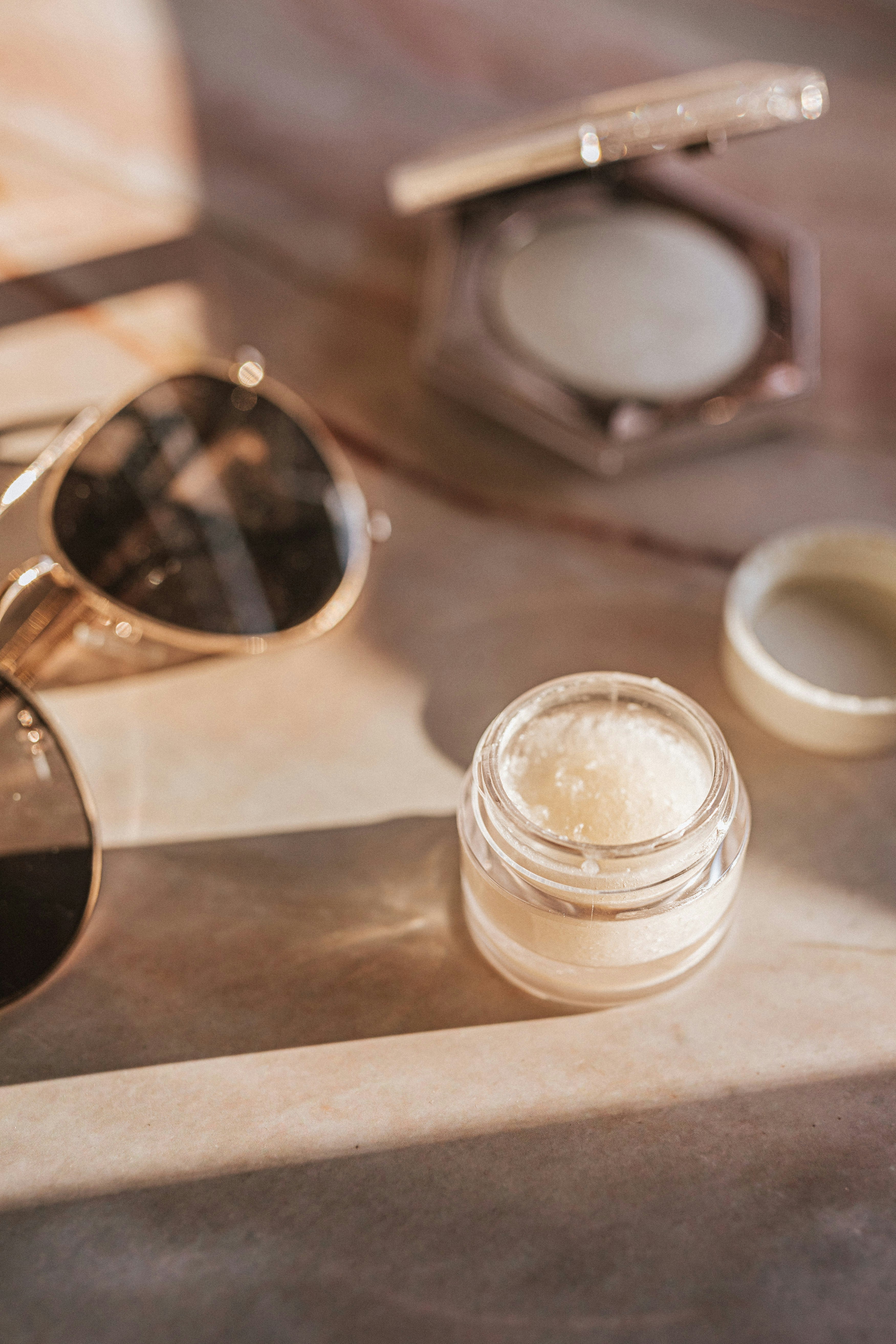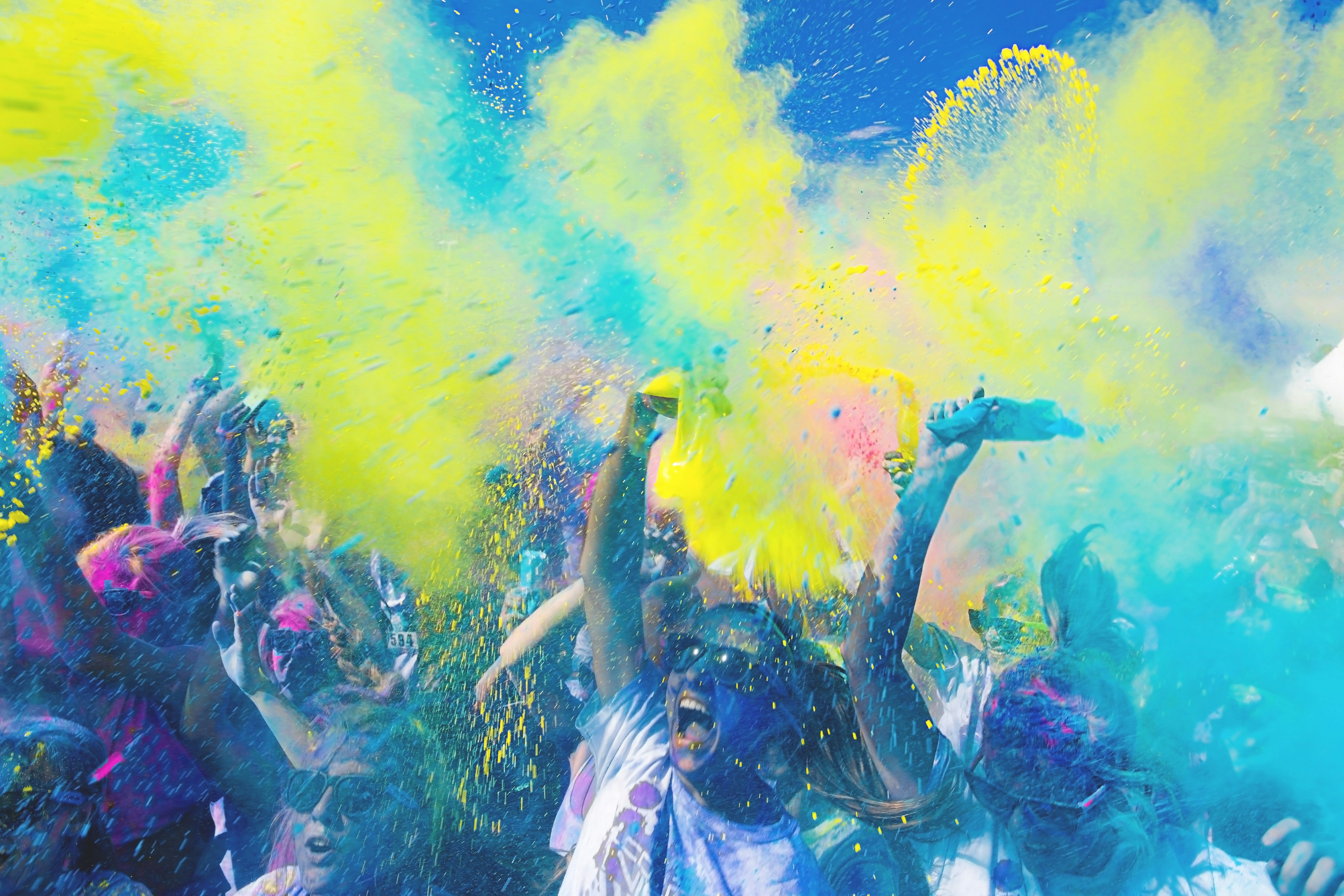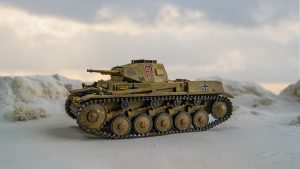How Can You Achieve High-Quality Prints with a No Powder DTF Printer?

How Can You Achieve High-Quality Prints with a No Powder DTF Printer?
Introduction to DTF Printing
DTF printing has revolutionized the world of custom apparel and design. With its ability to produce vibrant, intricate prints on various fabrics, it’s no wonder that businesses and hobbyists alike are turning to this innovative technique. Among the many options available, a no powder DTF printer stands out as an exciting alternative that simplifies the process while maintaining high-quality results.
Imagine creating stunning designs without dealing with messy powders or complicated setups. This technology not only enhances efficiency but also opens doors for creativity like never before. Whether you’re looking to start a small business or want to bring your artistic visions to life, mastering high-quality prints with a no powder DTF printer is essential. Let’s explore how you can achieve those eye-catching results effortlessly!
Advantages of Using a No Powder DTF Printer
No powder DTF printers offer a seamless printing experience. They eliminate the messy application of powders, making the process cleaner and more efficient.
These printers often provide vibrant colors and exceptional detail. The ink adheres directly to the film, resulting in sharp images that stand out on various surfaces.
Another advantage is versatility. No powder DTF printers can be used on many materials, including cotton, polyester, and blends. This flexibility opens up creative possibilities for custom apparel and other products.
Additionally, they require less post-processing time. Without needing to shake off excess powder or cure it separately, you can speed up production significantly.
Cost-effectiveness is yet another benefit. Reduced material waste translates into savings over time while maintaining high-quality results for your projects.
Tips for Achieving High-Quality Prints
Selecting the right film is crucial for high-quality prints. Look for films specifically designed for no powder DTF printing, as they enhance adhesion and produce vibrant colors.
Image preparation plays a key role too. Ensure your images are in high resolution and properly sized to fit your intended design. This will minimize pixelation and ensure sharp details.
Printer settings should be tailored to each project. Adjust the ink density, resolution, and print speed according to the material you’re using. Experimenting with these settings can lead to impressive results.
Temperature and pressure control during pressing cannot be overlooked. Make sure your heat press is calibrated correctly; this impacts color vibrancy and durability. Consistency in these parameters ensures that each print meets quality standards every time.
A. Choosing the Right Film

Choosing the right film is crucial for achieving vibrant prints with your no powder DTF printer. The film acts as a carrier for your designs, so quality matters.
Look for films specifically designed for DTF printing. These films often have a unique coating that enhances ink adhesion and color vibrancy. This means better results on various fabrics.
Consider the thickness of the film too. Thinner films can offer greater flexibility, making them ideal for soft textiles like t-shirts or hoodies. However, thicker options might be necessary when working with rigid materials.
Always test different brands to find which one works best with your specific printer and inks. A little experimentation can lead to stunning results that elevate your printed products significantly.
B. Proper Image Preparation
Proper image preparation is crucial for achieving high-quality prints with a no powder DTF printer. Start by ensuring your no powder dtf printer images are in the right format, typically PNG or TIFF. These formats retain transparency and quality better than others.
Next, pay attention to resolution. Aim for at least 300 DPI (dots per inch) to ensure crisp details in your final product. Low-resolution images can lead to pixelation, which ruins the overall look.
Color management also plays a vital role. Use RGB color profiles when designing your artwork, as they provide more vibrant colors suitable for printing.
Don’t forget about background removal if needed. A clean background enhances how your design pops on fabric and ensures that every detail stands out beautifully on the garment you choose to print on.
C. Adjusting Printer Settings

Adjusting the settings on your no powder DTF printer can significantly impact print quality. Start by ensuring that you select the appropriate color profile for the material you’re using. A mismatch here can lead to dull colors or unexpected results.
Next, pay attention to print speed and resolution. Slower speeds typically yield more detailed prints but take longer to produce. Finding a balance between efficiency and quality is key.
Don’t forget about ink density as well. Experiment with different levels of saturation until you find what brings out the best in your designs without overwhelming them.
Check maintenance settings like nozzle checks and cleaning cycles regularly. Keeping everything in top shape avoids clogs that could ruin an otherwise perfect design. Adjustments may take time, but they’re worth it for those crisp, vibrant prints you desire.
D. Temperature and Pressure Control
Temperature and pressure play a vital role in the DTF printing process. Achieving the right balance is crucial for vibrant, long-lasting prints.
Start by ensuring your heat press is set to the recommended temperature, usually around 320°F (160°C). This allows the inks to transfer effectively onto the film and fabric. Too high a temperature can scorch your materials, while too low may result in poor adhesion.
Next, focus on pressure settings. A consistent medium pressure often yields optimal results. If it’s too light, you risk incomplete transfers; if it’s too heavy, you might end up with smeared designs or damaged films.
Experimenting within these parameters can lead to remarkable improvements in print quality. Remember that every substrate may react differently, so adjusting accordingly will help fine-tune your results over time. Keep notes of settings that produce successful outcomes for future reference!
Troubleshooting Common Issues with DTF Printing
DTF printing can sometimes present challenges. Identifying these issues early helps maintain print quality.
One common problem is ink clogging. Regular maintenance, including cleaning the nozzles, can prevent this. Always check your printer’s manual for specific cleaning instructions.
Another issue is poor adhesion of transfer films to fabrics. This can happen due to incorrect temperature settings or insufficient pressure during application. Make sure you’re using the right heat press settings based on the material you’re working with.
Color inconsistencies may also arise if image preparation isn’t done correctly. Ensure that your images are in the right color mode and resolution before transferring.
If prints appear faded, no powder dtf printersupplier it might be due to low-quality inks or improper storage conditions for ink cartridges. Keep inks away from direct sunlight and extreme temperatures to preserve their vibrancy.
Maintenance and Care for Your No Powder DTF Printer
To keep your no powder DTF printer running smoothly, regular maintenance is key. Start by cleaning the print head frequently to avoid clogs and ensure vibrant prints. A simple wipe with a lint-free cloth can do wonders.
Next, don’t overlook the importance of ink quality. Always use high-quality inks compatible with your printer model. This prevents issues like fading or inconsistent colors.
Monitor your film supply as well. Storing it in a cool, dry place will prevent moisture absorption that could affect printing quality.
Schedule routine checks for any wear and tear on components like belts and rollers. Catching small issues early can save you from bigger headaches later on. Making these practices part of your routine will help maintain performance over time without hassle.
Comparing No Powder DTF Printers on the Market
When it comes to choosing a no powder DTF printer, several options are available on the market, each with its own set of features and advantages. Brands like Epson, Mimaki, and Roland have made significant strides in this technology.
Epson’s printers often stand out for their precision and color accuracy. They can handle intricate designs beautifully without sacrificing quality. On the other hand, Mimaki offers robust systems that excel at high-speed printing while maintaining excellent output.
Roland is known for durability and versatility; their machines tend to perform well across various materials beyond just textiles. It’s essential to consider factors such as print speed, ink cost, maintenance requirements, and customer support when making your choice.
Additionally, comparing user reviews can provide valuable insights into real-world performance. Look for feedback on reliability and ease of use from those already using these machines in their operations.
Investing time in researching different models will help ensure you select a no powder DTF printer that aligns perfectly with your specific printing needs—leading you toward consistent high-quality results every time.


